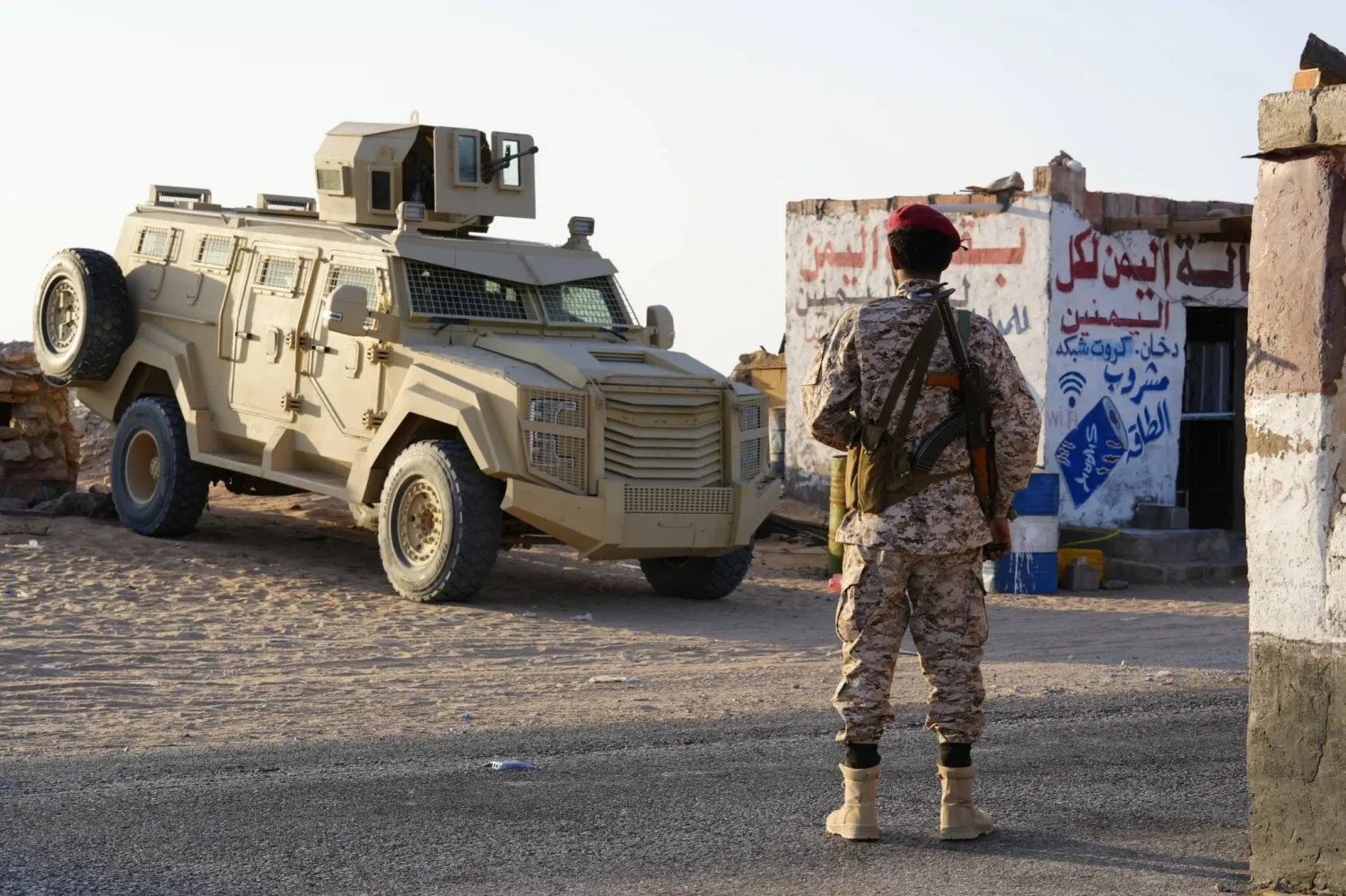France said on Wednesday it was sending additional military resources to the Middle East to tackle the Iranian threat and convened a United Nations Security Council meeting for later in the day after Tehran launched a barrage of missiles at Israel.
Iran said early on Wednesday that its missile attack on Israel was finished barring further provocation, while Israel and the US promised to retaliate against Tehran's assault as fears of a wider war intensified.
"Committed to Israel’s security, France today mobilized its military resources in the Middle East to counter the Iranian threat," the French presidency said in a statement overnight after an emergency security cabinet meeting to discuss the regional escalation.
"The head of state also reiterated France’s demand that Hezbollah cease its terrorist actions against Israel and its population."
It gave no details on what additional military assets had been sent to the region and the defense ministry was not immediately available for comment.
Foreign Minister Jean-Noel Barrot spoke with his US counterpart Antony Blinken to coordinate diplomatic efforts, the ministry said.
Paris and Washington last week had attempted to secure a temporary ceasefire in Lebanon just hours before Israel launched air strikes that killed Hezbollah leader Hassan Nasrallah.
The foreign ministry said it had convened a UN Security Council meeting to discuss the situation in the Middle East on Wednesday afternoon.
The French presidency said it would also organize soon a conference in support of Lebanon and had asked the foreign minister to travel to the region to work on diplomatic efforts to reduce tensions.
"Attentive to the security and protection of our compatriots in Lebanon and the Middle East, the head of state requested that all necessary measures be taken to assist them and, if necessary, come to their aid," the presidency added.
France on Monday deployed a helicopter carrier to the region to position itself in case an evacuation order was given.









